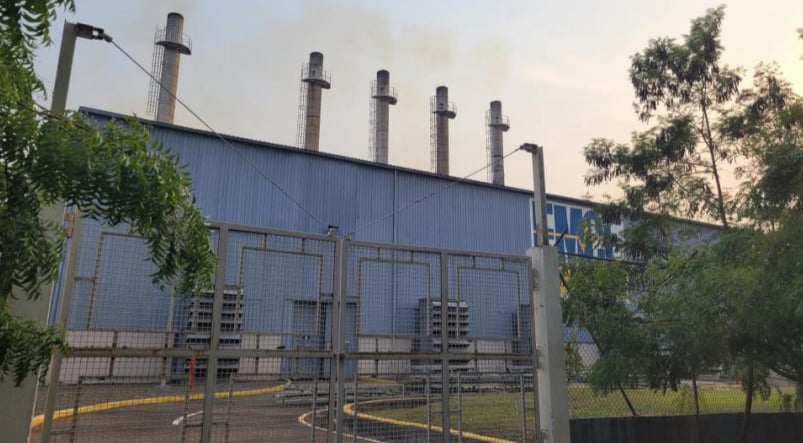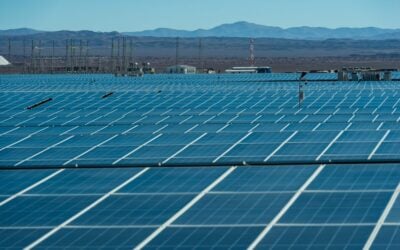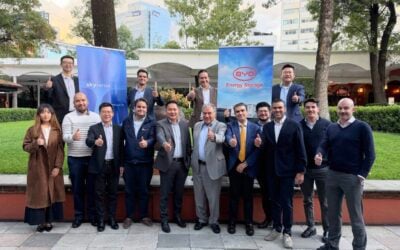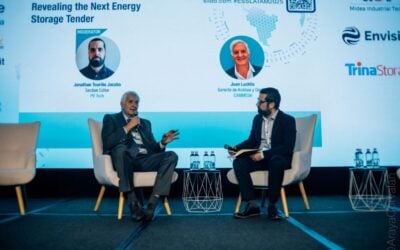
Honduras has launched a consultation on regulatory changes to its electricity network to help better integrate energy storage, which it said is key to maintaining the stability, efficiency and sustainability of the network.
A three-week public consultation was launched last week (24 July) by the country’s Electric Energy Regulatory Commission (Comisión Reguladora de Energía Eléctrica or CREE), running until 10 August.
Renewable generation now accounts for 22% of Honduras’ electricity mix, but growth has been limited by its transmission system operator (TSO) CND to ensure quality and security of supply. Energy storage will be key to continuing to ensure that while increasing renewables, the CREE said.
“The integration of Energy Storage Systems (ESS) in the national electrical system represents a key strategy to increase the stability, efficiency and sustainability of the electricity supply in Honduras,” said the CREE in its consultation document.
Try Premium for just $1
- Full premium access for the first month at only $1
- Converts to an annual rate after 30 days unless cancelled
- Cancel anytime during the trial period
Premium Benefits
- Expert industry analysis and interviews
- Digital access to PV Tech Power journal
- Exclusive event discounts
Or get the full Premium subscription right away
Or continue reading this article for free
“Given the energy transition scenario and the growing contribution of energy generation from intermittent renewable sources, ESS emerge as important technical solutions to guarantee the continuity and reliability of the electrical service.”
But to enable that integration the current framework needs to be changed. “The CREE has identified that the current regulatory framework should be reviewed to identify possible barriers to the integration of ESS, as well as gaps in the regulation that should be filled to allow and facilitate the development and installation of ESS,” it said.
Read the CREE’s consultation outline, in Spanish, here. The actual acronym used by CREE is SAEs, which stands for the direct translation of ESS: Sistemas de Almacenamiento de Energía.
CREE said that energy storage could be deployed as part of hybrid power plants, combining with generation resources, as standalone transmission and distribution (T&D) assets, or as user installations allowing energy consumers to manage their usage.
One change to the regulatory framework could be allowing hybrid plants to be remunerated for the firm, dispatchable power that energy storage would enable them to produce. However, the CREE also said that it is considering barring co-located energy storage systems from charging from the grid. Such a rule is typically only employed for specific subsidy schemes.
Another change would be allowing energy storage systems to be developed as transmission assets.
The scope of the review appears to be technology-agnostic in terms of its definition of energy storage, comprising lithium-ion, pumped hydro energy storage (PHES), compressed air energy storage (CAES) and ‘others’. “All different types of storage systems will be treated interchangeably as ESS,” CREE said.
CREE added that the electricity market in Honduras has similar conditions to those in Chile and Colombia when they were first developing their energy storage markets.





